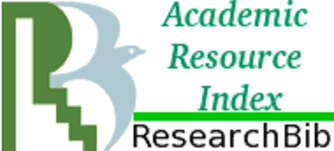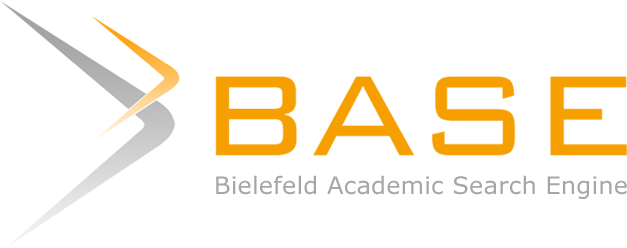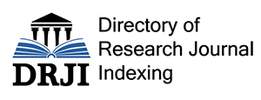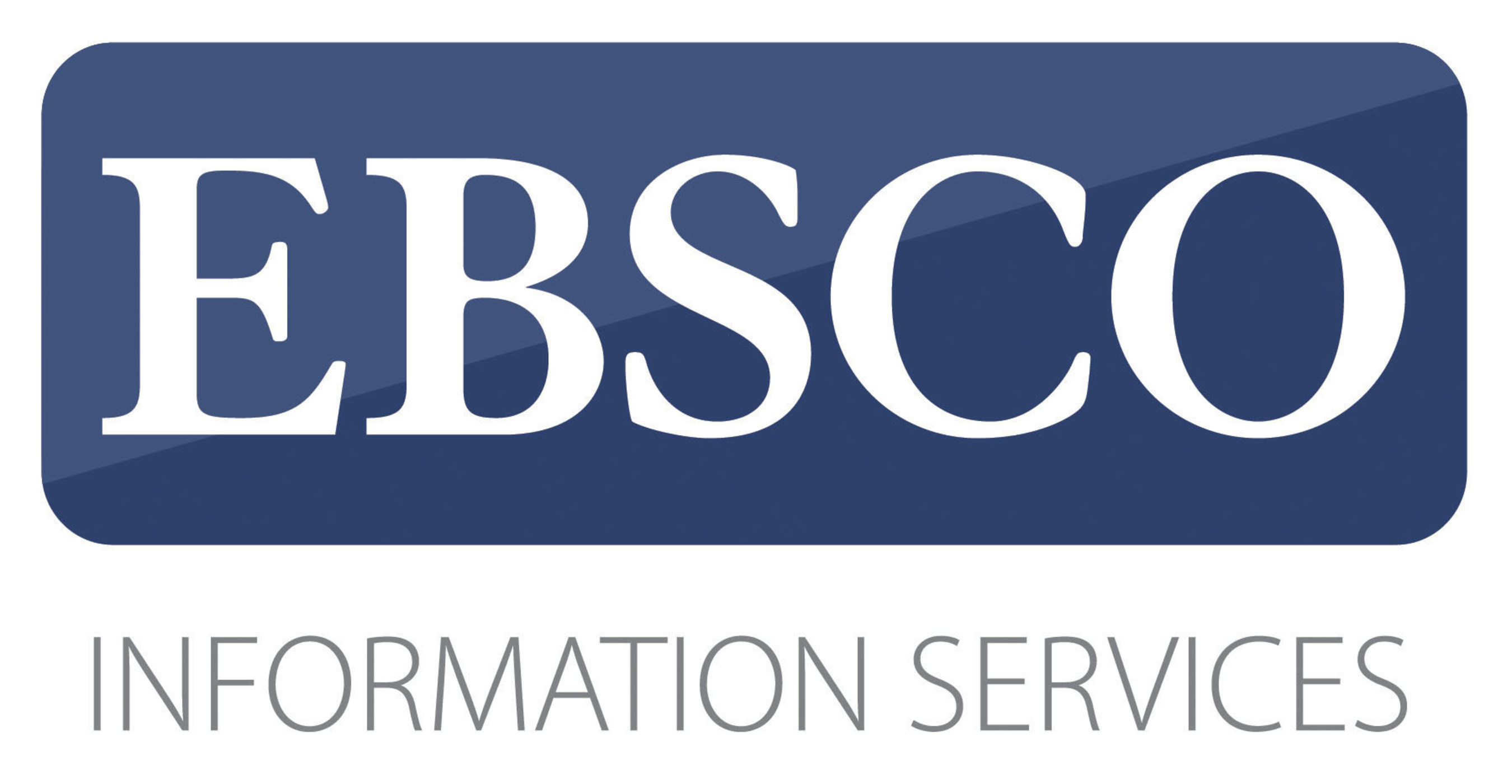Abstract
In this last decade, a closed cooperation of rural development “Saemaul Undong” between South Korea and Vietnam has been formed. Saemaul Undong is a success model of South Korea’s rural development. Along with it, question related to the possibility of adopting Saemaul Undong by developing countries arises. With this regard, this research attempts to explain the reasons why this cooperation has been formed. By using concept of cooperation, this research tries to observe the existence of goals and benefits in “Saemaul Undong” cooperation between South Korea and Vietnam. Result of this research affirmed that goals and benefits spurred “Saemaul Undong” cooperation between both parties. South Korea aimed to internationalized its Saemaul Undong, while Vietnam aimed to attain the success of rural development. In this context, South Korea was able to provide funding, experience, and knowledge in mobilizing rural people’s participation, while Vietnam was able to justify the possibility of adopting SU by developing countries. Finally, this research showed that cooperation can not be separated from goals and benefits of parties.
References
Beresford, M. (2008). Doi Moi in Review: The Challenges of Building Market Socialism in Vietnam. Journal of Contemporary Asia, 38(2), 221-243.
Bondaz, A., & Allard, L. (2014). Korea’s Commitment to Export a Development Model: The Saemaul Movement. Dalam A. Bondaz, & L. Allard, How Unique is South Korea’s Official Development Assistance (hal. 5-7). Paris: Asia Centre. Diambil kembali dari http://www.centreasia.eu/publication/bondaz-allard-24112014-south-korea-oda-model
Center for Agricultural Policy. (2016). Summary of Saemaul Undong Eight Pilot Villages: Looks Back on A Year of Lao Cai Happiness Program. Retrieved from Center for Agricultural Policy: http://en.cap.gov.vn/news/tID757_Summary-of-SAEMAUL-UNDONG-eight-pilot-villages-looks-back-on-a-year-of-Lao-Cai-Happiness-Program.html
Cheong, J. (2008). Korean’s Economic Relations with CLMV Countries . In C. Sotharith, Development Strategy for CLMV in the Age of Economic Integration (Vol. ERIA Research Project Report 2007 No. 4, p. 290). Chiba: IDE-JETRO. Retrieved from http://www.eria.org/publications/research_project_reports/images/pdf/PDF%20No.4/No.4-part2-8-Korea.pdf
Chung, M. U. (2013, November 4). Global Push for Saemaul Movement in Doubt. Dipetik Maret 2, 2016, dari The Korea Times: http://www.koreatimes.co.kr/www/news/nation/2016/02/113_145648.html
CJ Group. (2014, Agustus 15). CJ CheilJedang: Sustainable Agricultural Development in Rural Vietnam. Dipetik Juni 12, 2016, dari Shared Value Initiative: https://www.sharedvalue.org/sites/default/files/resource-files/SharedValueinAction_CJCorp_08-15-14_0.pdf
Government of Republic of Korea. (2015, Januari 15). 2014 Korea's ODA White paper: Opening a New Era of Happiness for All Humanity. Retrieved from Korea Official Development Assistance: http://www.odakorea.go.kr/hz.blltn.pnrSl.do?bltn_seq=5&sys_cd=&brd_seq=22&targetRow=&blltn_div=oda&keyword_top=&searchKey=01&keyword=
Han, D. H. (2012). 2011 Modularization of Korea’s Development Experience: The Successful Cases of the Korea’s Saemaul Undong (New Community Movement). Seoul: Ministry of Strategy and Finance, The Republic of Korea.
Hoang, Q., & Roubaud, F. (2016). Heterogeneity and the Gender and Ethnic Earning Gaps in Vietnam. Paris: Université Paris Dauphine.
International Fund for Agricultural Development. (2016). Review of Experience of the National Target Program for New Rural Development Viet Nam. Retrieved Juni 30, 2016, from International Fund for Agricultural Development: https://www.ifad.org/documents/10180/e3197535-e8f5-4b71-bdea-bf7a7caaa969
Jang, H., & Yoonjung, L. (2016, Mei 19). Global Spread of Saemaul Undong for Rural Development in Developing Countries. Dipetik Juni 12, 2016, dari Korea Rural Economic Institute: http://www.krei.re.kr/web/eng/agri-policy-focus;jsessionid=D067ACC5ED9CFF696575733033E0B560?p_p_id=EXT_BBS&p_p_lifecycle=1&p_p_state=exclusive&p_p_mode=view&p_p_col_id=column-1&p_p_col_count=1&_EXT_BBS_struts_action=%2Fext%2Fbbs%2Fget_file&_EXT_BBS_extFil
Jun, S. I. (2010). Direct View and Re-cognition of Saemaul Undong. SMU 40th Anniversary International Symposium (p. 7). Seoul: Korea Saemaul Undong Center.
Kang, D. C. (2004). Crony Capitalism: Corruption and Development in South Korea and Philippines. Cambridge: Cambridge University Press.
Kim, J. H. (2013). International Diffusion Practice: Lessons from South Korea’s New Village Movement. 50. Cambridge: Massachusetts Institute of Technology.
Kim, K. R. (2015, April). South Korea’s Official Development Aid and Saemaul Undong: Its Value and Limitations. EAF Policy Debates, hal. 1-5. Diambil kembali dari EAF Policy Debates.
Kim, S. J. (2014, November 2). KOICA and CJ’s Collaborative Project Changed the Life of Farmers in Vietnam: KOICA-CJ Saemaul Project for Developing Agriculture Valur –Chain in Ninh Thuan Province. Diambil kembali dari World's Friend KOICA: http://webzine.koica.go.kr/201411/eng/sub1_2.php?ckattempt=2%00
Kim, Y. M. (2014, Juli 25). (e. T. Morning, Pewawancara) Dipetik Maret 25, 2016, dari http://www.koica.go.kr/english/koica/koica_leadership/speech_interview/1319180_3504.html
Koh, D. (2001). State-Society Relations in Vietnam: Strong or Weak State. Southeast Asian Affairs, 369-384.
Korea International Cooperation Agency. (2015). Comprehensive Rural Development. Diambil kembali dari Korea International Cooperation Agency: http://koica.go.kr/download/2015/brochure_Saemaul_Undong.pdf
Luan, N. N. (2013). Study Korea’s Experiences on Community and Rural Development to Apply for Nong Thon Moi in Vietnam. Diambil kembali dari Korea Rural Economic Institute: http://www.krei.re.kr/web/eng/oda;jsessionid=5860F4255D4751A538C7D71E2F70A3AA?p_p_id=EXT_BBS&p_p_lifecycle=1&p_p_state=exclusive&p_p_mode=view&p_p_col_id=column-1&p_p_col_count=1&_EXT_BBS_struts_action=%2Fext%2Fbbs%2Fget_file&_EXT_BBS_extFileId=1717
Milner, H. (1992, April). International Theories of Cooperation among Nations: Strengths and Weeknesses Cooperation among Nations by Joseph Grieco; Saving the Meditteranean by Peter Haas. World Politics, 44(3), 467-468.
Nghiep, L. T., & Quy, L. H. (2000). Measuring the Impact of Doi Moi on Vietnam’s Gross Domestic Product. Asian Economic Journal, 14(3), 317-331.
Nhan Dan. (2015, Juni 2). RoK-funded “Happiness Program” launched in Quang Tri. Dipetik Mei 30, 2016, dari Nhan Dan: http://en.nhandan.org.vn/society/item/3129702-rok-funded-%E2%80%9Chappiness-program%E2%80%9D-launched-in-quang-tri.html
Sato, J., Shiga, H., Kobayashi, T., & Kondoh, H. (2010, Maret). How do “Emerging” Donors Differ from “Traditional” Donors? An Institutional Analysis of Foreign Aid in Cambodia. Diambil kembali dari Japan International Cooperation Agency: https://www.jica.go.jp/jica-ri/publication/workingpaper/jrft3q00000022dd-att/JICA-RI_WP_No.2_2010.pdf
Talk Vietnam. (2012, Desember 30). Vietnam Effectively Uses Korean ODA. Dipetik Juli 12, 2016, dari Talk Vietnam: https://www.talkvietnam.com/2012/12/vietnam-effectively-uses-korean-oda/
Trang, D. T., Hanh, N. T., & Trang, V. T. (2015, November). Resource Mobilization by Self- Help Approach to Rural Development Program in Vietnam: Lesson from Saemaul Undong in Korea. Diambil kembali dari Global Development Network: http://gdn.int/old/html/workingpapers.php?mode=download&file=KOICA%20Working%20Paper%20No-%2087%20-%20Vietnam_378.pdf
Trang, V. T., Trang, D. T., & Hanh, N. T. (2014). How to Mobilize Community Involvement in Vietnam Rural Development: Inspiration under the New Community Movement of Korea-Saemaul Undong. Hanoi: The Global Research Capacity Building Program KOICA.
UNDP. (2015). UNDP Development Impact: Saemaul Initiative towards Inclusive and Sustainable New Communities: Implementation Guidance. New York: UNDP Bureau for Policy and Programme Support.
Vietnam News Agency. (2015, September 21). President Talks Rural Development Successes at UN Event. Dipetik Maret 12, 2016, dari VietnamPlus: http://en.vietnamplus.vn/president-talks-rural-development-successes-at-un-event/82293.vnp
Watson, I. (2012). Government and NGOs in Asian Overseas Development Assistance: Assessing South Korea’s Model of Foreign Aid. Asian Studies Review, 36(1), 79-103.
Recommended Citation
Lestari, Indah
(2016)
"Kerja Sama Pembangunan Korea Selatan di Vietnam dalam Pengembangan Area Pedesaan melalui Model Saemaul Undong,"
Global: Jurnal Politik Internasional: Vol. 18:
No.
2, Pp. 177-201.
DOI: 10.7454/global.v18i2.303
Available at:
https://scholarhub.ui.ac.id/global/vol18/iss2/6
Included in
Defense and Security Studies Commons, International and Area Studies Commons, International Relations Commons, Law Commons, Political Theory Commons

















